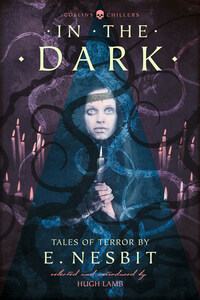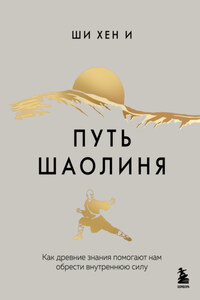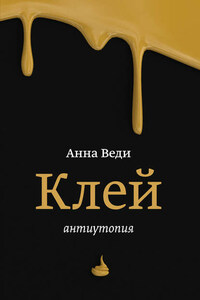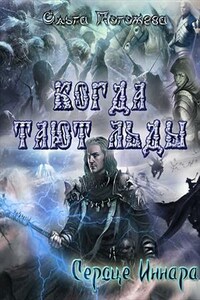HarperCollinsPublishers
1 London Bridge Street
London SE1 9GF
www.harpercollins.co.uk
First published in Great Britain by Equation 1988
Selection, Introduction, and Notes © Hugh Lamb 2017
Cover design by Mike Topping © HarperCollinsPublishers Ltd 2017
Cover images © Shutterstock.com
A catalogue copy of this book is available from the British Library.
This novel is entirely a work of fiction. The names, characters and incidents portrayed in it are the work of the author’s imagination. Any resemblance to actual persons, living or dead, events or localities is entirely coincidental.
All rights reserved under International and Pan-American Copyright Conventions. By payment of the required fees, you have been granted the non-exclusive, non-transferable right to access and read the text of this e-book on screen. No part of this text may be reproduced, transmitted, down-loaded, decompiled, reverse engineered, or stored in or introduced into any information storage and retrieval system, in any form or by any means, whether electronic or mechanical, now known or hereinafter invented, without the express written permission of HarperCollins.
Source ISBN: 9780008249014
Ebook Edition © September 2017 ISBN: 9780008249021
Version: 2017-08-10
There can be few children over the past hundred years who have never encountered the works of E. Nesbit. Even nowadays, in spite of the distractions of playstations and the Internet, her children’s stories entertain and enchant young readers. Lionel Jeffries’s 1972 film of The Railway Children (1906) is a perennial television favourite.
At the same time, it is almost certain that very few adult readers know of, or have read, E. Nesbit’s tales of terror. Apart from one often-reprinted story, they have been largely neglected in the various revivals of supernatural fiction over the years. This is a shame, for not only are they intrinsically interesting, but they pre-date her famous children’s books and represent their author’s growing literary accomplishment and skill, developed very quickly in the hothouse of economic necessity.
You will note I wrote ‘her children’s books’. This is to clear up a misunderstanding, which still persists, regarding the gender of E. Nesbit. Because she published everything under the cloak of that terse initial, Edith Nesbit was often thought to be a man (something she was quite happy to encourage, by all accounts). H.G. Wells was convinced she was male – to the extent of conjuring up suitable ‘E’ male names – until he met her. As late as 1931 (seven years after her death), the noted editor Montague Summers mistakenly called her ‘Evelyn Nesbit’ in his Supernatural Omnibus, a mistake repeated five years later by the anonymous editor of the famous Century of Ghost Stories.
Edith Nesbit was born on 15 August 1858, in Kennington, the youngest of the six children of John Collis Nesbit, a teacher and scientist who ran an agricultural college. She was educated in England and on the Continent and is reported to have lived in at least two haunted houses as a child: excellent grounding for what was to follow. Her childhood also brought her several life-long fears and phobias which were to find expression in her stories, as will be discussed later.
Her father died when Edith was only three years old, and declining fortunes brought the Nesbits back to London in the 1870s. She had already started writing poetry and met with some success while still in her teens. The magazines Good Words and Sunday Magazine bought some of her poetry in 1876, and she became a frequent contributor of poetry to various journals from then on.
In 1877 she met her future husband, Hubert Bland, three years her senior, and, it seems, quite a character: tall, dark, and handsome, with military bearing, and sporting a monocle (which was for more than show – his eyesight was very poor), he was just the type to sweep Edith the literary daydreamer off her feet. And sweep her off her feet he did – straight on to her back. Hubert Bland, as Doris Langley Moore puts it, ‘could not by any effort of nature leave women alone’. Put less elegantly, Bland would tackle anything that moved and wore skirts; this facet of his character was to dominate their marriage.
He got Edith pregnant in short order, and they were married in April 1880, Edith being two months away from her first baby. Bland had started a small brush factory which seemed to be pottering along quietly. Then, in that same year of 1880, he contracted smallpox – twice – and during his long illness his partner in the factory absconded to Spain with the funds. The Blands were penniless and very much up against it.








